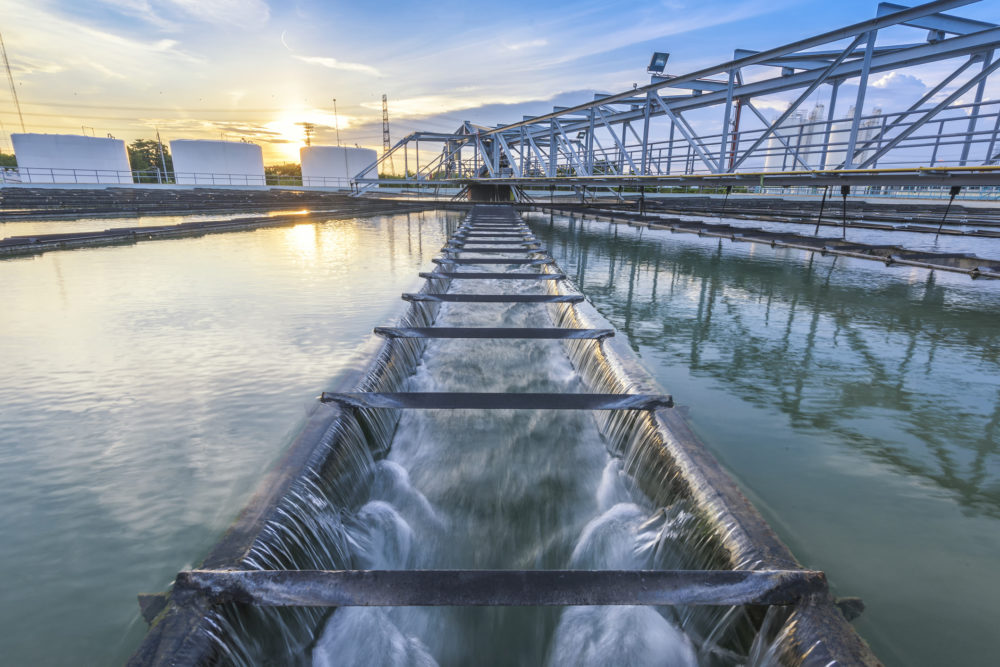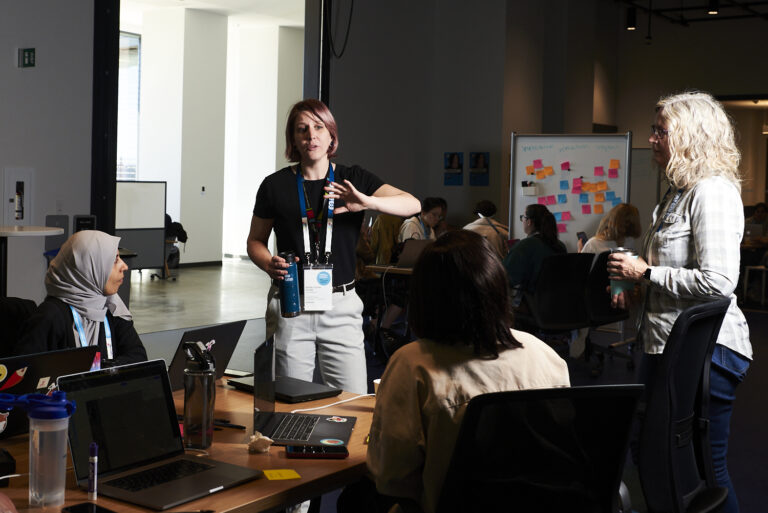Did you know that WATER ranks as one of North America’s top three ESG (Environmental, Social and Governance) concerns, according to the 2019 RBC Global Asset Management Responsible Investment Survey?
This is not surprising, and it is very significant because it underlines how water assets today are at risk and that current management practices today simply are not sustainable. The existing infrastructure that is supposed to keep water available, safe and drinkable is quietly, sometimes loudly, crumbling in cities and communities around the globe. It is imperative that we start reassessing the way we think about resilience in water management and change our ways.[1]
With the pandemic and the rise of ESG as part of decision-making, now is the time to capitalize on innovation, to maximize the return on infrastructure renewal programs and at the same time accelerate our economic recovery.
Recent events have revealed serious weaknesses in our water infrastructure
Proving the point that action must be taken sooner rather than later, the pandemic has shone some light on the importance for high quality potable water. Aging potable water infrastructure, much of which is near or past its projected lifespan, constitutes a public concern as more than 50% of water mains in Canada and the USA are rated as in poor condition or worse.
Add to that, climate change which continues to lead to increasingly severe weather events (flooding along the Gulf Coast, the winter storm in Texas, wildfires in California to name just a few.) These events not only weaken the aging infrastructure, they impact peoples’ lives directly, forcing municipal utilities departments to jump from emergency to emergency, trying to keep this most basic and important asset flowing to people who need it. Unfortunately, these events are not reducing in frequency. Communities will be facing them more often and with a higher impact.
On the plus side, many municipalities and water utilities have been investing more time and effort in their asset management plan (AMP). A critical component of the AMP structure involves risk management, where information on the physical condition of existing infrastructure is collected and recorded. Water risks are multifactorial issues based on water resource dependency (industry-specific) and water security (location-specific) and management’s response to mitigate these risks. The plan aims to document how groups of assets will be managed to provide a satisfactory service level in a sustainable and environmentally responsible manner.
The Roadmap to Resiliency and Sustainability
From an engineering perspective we can define resilience of the material to be the amount of energy a solid can absorb without failing. The same definition is often used for people and companies facing adversity.
In a recently published survey Resilient Urban Water Services for the 21th Century Society—Stakeholder Survey in Finland, it is defined as: « Resilience […] can be defined as both keeping up a good level of services, as well as rapid and fluent recovery from failures caused by natural disasters, unsound infrastructure or incorrect management.
Although adequate water services resilience can be considered as sustainable, resilience is a wider concept than sustainability. In order to call water services resilient, all sections from policy and management to technical operation should be clear and coherent, and their operation in challenging situations also must be guaranteed.”[2]
United Nations International Strategy for Disaster Risk (UNISDR) Water 2020, 12, 187 4 of 12 defined the term resilience as follows: “the ability of a system, community or society exposed to hazards to resist, absorb, accommodate to and recover from the effects of a hazard in a timely and efficient manner”[3]. According to a thorough study by Folke (2016), resilient thinking is an integrative approach for dealing with the sustainability challenge[4].
In its latest report, the Canadian Water Works Association (CWWA) has this position statement: “A sustainable water service recognizes and incorporates social (service level and affordability), environmental and economic factors, while ensuring full cost recovery and intergenerational equity.”
Even though words might change and be used differently, a few concepts stand out:
- There are environmental, social and economic components to take into accounts when talking about sustainability and resiliency;
- The rapidity and efficiency of operational teams play an important role in the ability to recover from hazards and pursue operations;
- Hazards have multiple forms: unsound infrastructure, incorrect management, environmental disaster, health related issues.
How This Ties In With EGS Goals
ESG criteria are sets of standards for a company’s operations that socially conscious investors screen for potential investments. More and more corporations are leveraging their ESG goals to differentiate, attract investors and perform better on the marketplace. It has become an alternative company assessment tool, one that weighs in societal impact of a corporation, not strictly the balance sheet.
- Environmental criteria consider efficient resource management and environmental impact (water usage, waste production, and general environmental behavior).
- Social criteria look at the company’s business relationships to ensure that suppliers hold the same values, how engaged the company is in their community through donations or volunteering and whether there is a focus on employees’ health and safety as well as other stakeholder interests.
- Governance deals with all corporate activities including board and management structures as well as a company’s policies, standards, information disclosure, auditing and compliance. [5]
By using ESG goals for their asset management plan, water utilities and municipalities could define goals like these:
- Environment goals: enhance ROI by allocating capital to more promising and more sustainable opportunities. For example, renewables, waste reduction, accurate measurement of leaks, minimize environmental impact. Educate the general population on water usage, identify clear sustainability targets and accountability, etc.
- Social goals: create inclusive and equitable water management teams, promote operational efficiency throughout the employees, etc.
- Governance goals: transparency in decision making, accelerated biding process, plan execution to hit targeted KPI (water infrastructure annual replacement plan), etc.
The bottom line is that ESG goals create a solid framework for building a resilient and sustainable water infrastructure. The positive economic and social impact that doing it right will have on the future of water stability, resiliency and sustainability is immeasurable. It will be the communities and municipalities with the right kind of leadership who see the value of this approach that will win in the end and now is the time to lead.
[1] https://www.greenbiz.com/article/drip-drip-drip-water-leading-esg-concern
[2] Resilient Urban Water Services for the 21th Century Society—Stakeholder Survey in Finland. Published in 2020 in mdpi. www.mdpi.com/613806
[3] UNISDR. Terminology on Disaster Risk Reduction; United Nations International Strategy for Disaster Risk: Geneva, Switzerland, 2009; Available online: http://www.unisdr.org/we/inform/terminology (accessed on 1 May 2009).
[4] Folke, C. Resilience (Republished). Ecol. Soc. 2016, 21, 44. [Google Scholar] [CrossRef]
[5] How ESG Metrics Work And Why All Investors Should Care
This article was written by Martin Bureau, the vice president of innovation at Sanexen.









